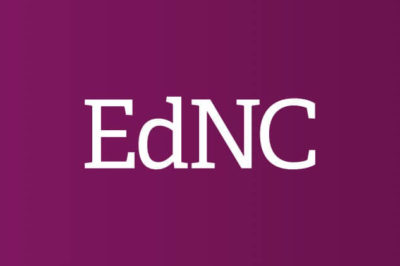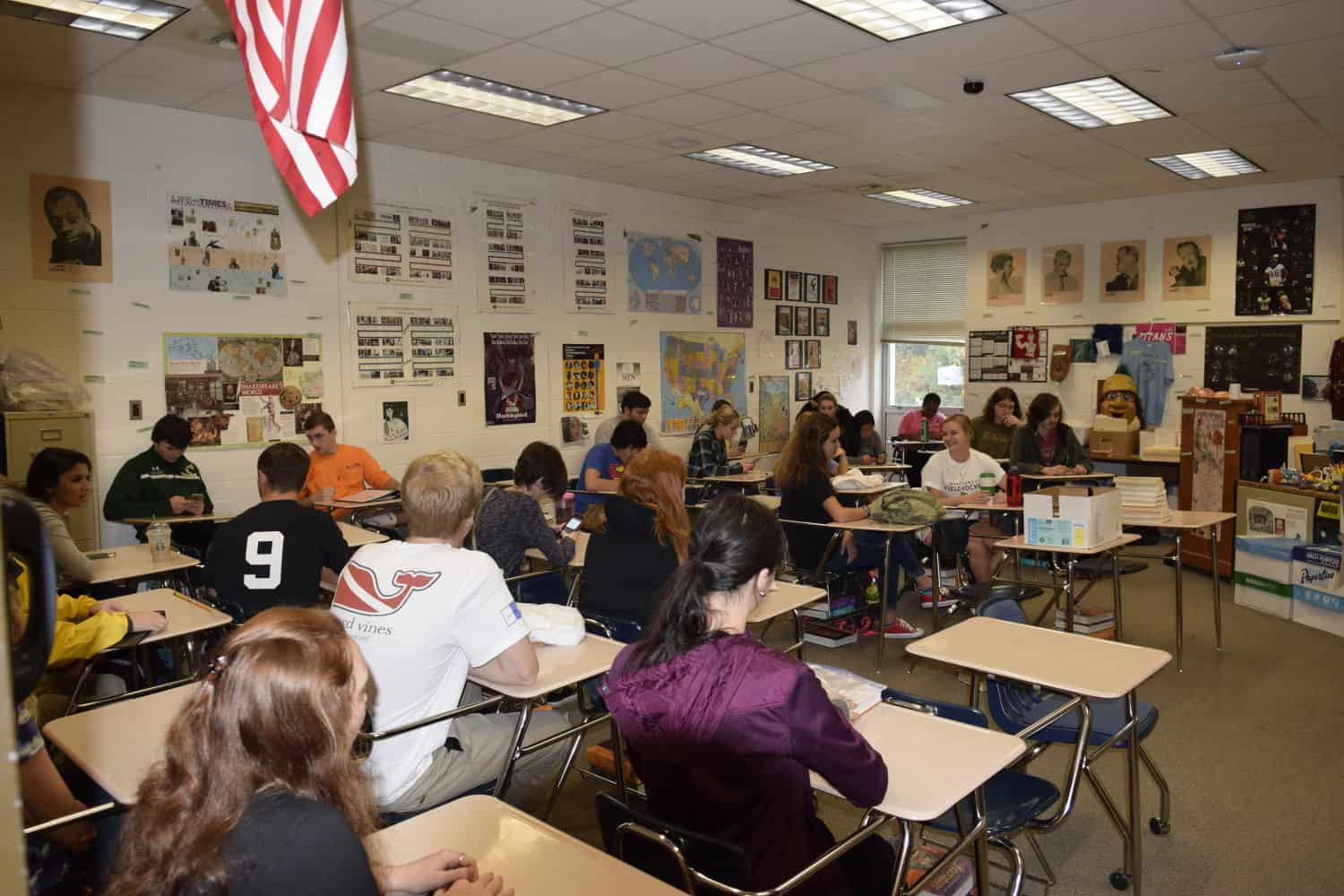In my last column I talked some about class size and teacher planning time. Most people in North Carolina, probably including some legislators, do not realize the disconnect between teacher position allotments and actual class sizes.
As I mentioned earlier, elementary teachers receive no formalized planning time during the school day. Most school districts attempt to give elementary teachers some weekly, if not daily, planning time by having students “pulled out” of the classroom for what is called a “special.” In most North Carolina school districts, an elementary student special is a short period of time with a “specialist” teacher, such as a physical education teacher, a music teacher, or an art teacher. Before 2010, a number of elementary schools also had foreign language specialist teachers, but most of those are gone via the state budget cuts during the Recession.
In most elementary schools, the specials last 20-40 minutes, with each student in that particular special once or twice per week. A classroom teacher’s group of students likely has 3-5 of these specials each week, providing a small amount of planning time many, if not most, days during the school year. The problem is that there is no categorical state funding source for these specialist teachers. Those positions must be carved out of the state positions allotted on a per-student basis. Therefore, when the General Assembly says that teachers are allotted one for every 17 students in grades 1-3, if the school must hire a P.E. teacher, a music teacher, and an art teacher from those same allotted positions, there is no way to have as few as 17 students in any classroom without additional teachers from some other funding source (such as federal Title 1, if the school is eligible for Title 1 funds, or local funds).
The tensions are even worse in middle schools. Most middle schools in the state are organized into six or seven instructional periods per day, each period lasting 45-55 minutes. The state allotment of one teacher for every 23 or 24 students assumes that each of those teachers is with students every period of every day, providing no planning time. Most middle school academic course teachers are provided one planning period per day in order to help with as many as six unique lesson plans that must be prepared and delivered daily. If the school is a 7-period school, we must hire one additional teacher for each six state-allotted teachers or increase class sizes by 16.7 percent more than the 23 or 24 students (approximately 4 additional students per classroom). Fewer middle schools in the state are eligible for Title 1 funding.
The tensions are the worst in high schools. Most high schools in the state are organized into four instructional periods per day, each period lasting 85-95 minutes, and each course being completed in a semester. This allows high school students to take eight courses per year, facilitating meeting state requirements on the number of courses required for graduation. State teachers are allotted for grades 10-12 at one for every 29 students (already a very large class size), assuming that each teacher is with students all four periods of every day, providing no planning time. Most high schools provide a daily planning period for teachers, which require either an additional non-state-allotted teacher for every three state-allotted teachers or an increase in class sizes by 33.3 percent. Class size maximum restrictions in North Carolina do not allow for a 33.3 percent increase in class sizes at the high school level, so some amount of additional teachers are required in every high school. These additional teachers are either local-funded or, in most school districts, funded through their state Low Wealth supplemental funding allotment, which is primarily a state funding source in lieu of local funds for school districts in counties with lower than average property tax bases. Not many high schools are eligible for Title 1 funding.
The bottom line is that if North Carolina school districts are going to provide their state-allotted teachers with any planning time during the instructional day, they must either use another funding source to hire additional teachers or increase class sizes, or some combination of both.
In case you have not figured it out yet, North Carolina is the most categorically and restrictively funded public education system in the nation.
When North Carolina’s charter school legislation passed in 1995 providing charter schools with flexibility not granted the traditional public schools, the additional flexibility was huge. No class size maximums, the ability to hire 25-50 percent of their teachers without requiring a North Carolina teacher license, no requirement to offer student transportation, no mandatory state salary schedules, no mandatory state matching employee benefits, etc. Many traditional public school superintendents and finance officers were salivating thinking about what they could do and accomplish with that much flexibility. Back in 1996, here in Winston-Salem/Forsyth County Schools, we volunteered to be a charter school district!
While I understand that the General Assembly would never grant traditional public school districts the level of flexibility granted to charter schools, I would be willing to settle for two of the charter flexibilities – no class size maximums and the ability to hire at least some percentage of non-licensed teachers if they prove an ability to effectively teach. I have successfully taught many classes as a guest instructor in WS/FCS, from grade 3 through grade 10, sometimes with a standardized curriculum (Junior Achievement and Math Superstars) and sometimes with my own written curriculum. When I retire for good from my budget director role, I would be willing to do some part-time teaching in the district, but not with the expense and hoops to jump through to obtain and keep a North Carolina teacher license. Not every retiree with content knowledge could teach effectively in our public schools, but some could and would be willing to if not for the onerous state licensure requirements.
To some extent for now, class size maximums make sense and are good. However, traditional classroom education is changing, or at least needs to change, rapidly. With the advances in instructional technology, it is possible for one teacher to supervise the learning opportunities of more students. Our teachers have to work smarter, not harder, which can make it possible to serve the needs of more students with fewer teachers. We might need the same amount of funding in order to provide the technology, the training, and other instructional resources and support personnel, but as a statewide public education system, we cannot afford those things now being locked into a teacher for XX number of students.
Here are the links to the articles in this series on funding our schools:
Recommended reading




